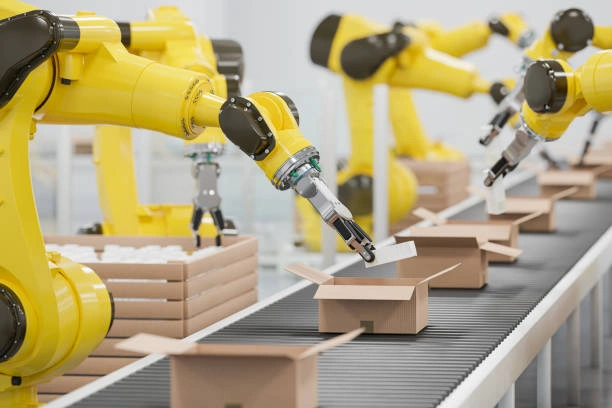Welcome to the future, where robots aren’t just science fiction—they’re a vital part of our daily lives and industries. Whether it’s manufacturing, healthcare, or even cleaning your home, robotics and automation play crucial roles. This blog post dives into the fascinating world of robots and their applications, aimed at tech enthusiasts who crave innovation and efficiency.
The Rise of Robotics and Automation
What is Robotics?
Robotics is the branch of technology that deals with the design, construction, and operation of robots. These machines are capable of performing tasks traditionally carried out by humans but with greater precision and efficiency. From assembly lines in factories to surgeries in hospitals, robots are becoming indispensable.
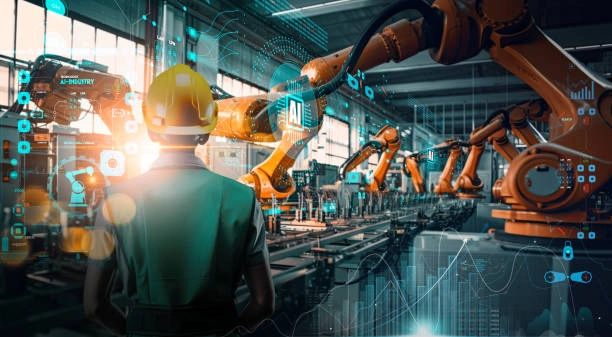
Why Does Automation Matter?
Automation refers to the use of various control systems for operating equipment with minimal or reduced human intervention. Imagine having a machine that can complete repetitive tasks faster and more accurately than any human. That’s the power of automation. It’s all about making processes more efficient and reducing human error.
A Brief History of Robotics and Automation
The concept of robots dates back to ancient myths and legends, but modern robotics began in the 20th century. The first industrial robot, Unimate, was introduced in the 1960s and revolutionized manufacturing. Since then, robotics and automation have evolved, incorporating advanced technologies like AI and machine learning.
Types of Robots
Industrial Robots
Industrial robots are commonly used in manufacturing processes. These robots are designed to perform repetitive tasks such as welding, painting, and assembly. They can work 24/7 without fatigue, significantly boosting productivity.
Examples in Action:
- Car manufacturing plants use robotic arms for assembling vehicles.
- Electronics companies employ robots for precise tasks like soldering components onto circuit boards.
Service Robots
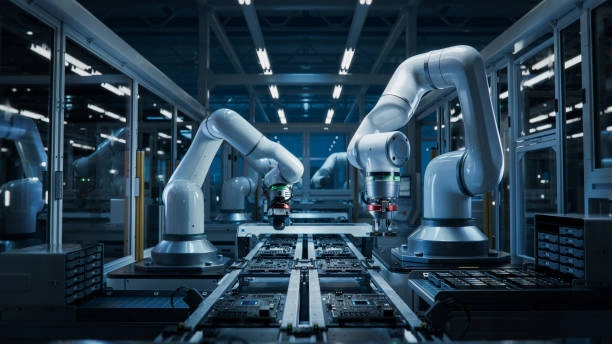
Service robots assist in tasks like cleaning, delivery, and even customer service. These robots are designed to interact with people and provide services that improve daily life.
Examples in Action:
- Robotic vacuums like Roomba help keep homes clean.
- Delivery robots are used in hospitals to transport medical supplies.
Autonomous Vehicles
Autonomous vehicles include self-driving cars and drones. These robots can operate independently without human control, thanks to advanced sensors and AI algorithms.
Examples in Action:
- Companies like Tesla and Waymo are pioneering self-driving cars.
- Drones are used for aerial photography, surveillance, and even delivering packages.
Benefits of Robotics and Automation
Improved Efficiency
Robots can perform tasks faster and more accurately than humans. They can work around the clock without breaks, leading to increased productivity.
Enhanced Safety
In hazardous environments, robots can take on dangerous tasks, reducing the risk of injury to human workers. For example, robots are used in mining to handle explosive materials.
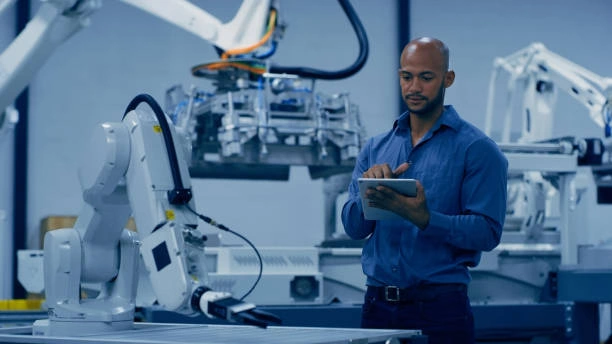
Cost Savings
While the initial investment in robotics can be high, the long-term savings are significant. Reduced labor costs and increased efficiency make automation a smart investment for many industries.
Challenges in Robotics and Automation
High Initial Costs
Implementing robotics and automation can be expensive. Not only do businesses need to invest in the robots themselves, but also in training and maintenance.
Job Displacement
One of the major concerns is the potential for job loss. As robots take over tasks traditionally performed by humans, there’s a fear of widespread unemployment.
Technical Limitations
Despite their advanced capabilities, robots are not infallible. They require regular maintenance and can malfunction, leading to downtime and repairs.
The Future of Robotics and Automation
Advancements in AI
Artificial Intelligence is playing a crucial role in advancing robotics. AI allows robots to learn from their experiences and improve over time, making them more adaptable and efficient.
Integration with IoT
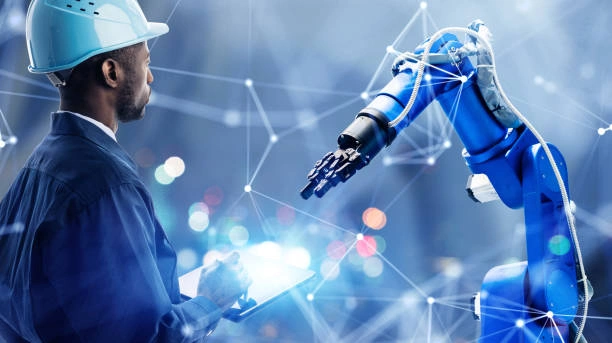
The Internet of Things (IoT) connects devices and allows them to communicate. When integrated with robotics, IoT can streamline operations and provide real-time data for better decision-making.
Expanding Applications
The applications for robotics and automation are continually expanding. From healthcare to agriculture, new industries are discovering the benefits of adopting these technologies.
Robots in Healthcare
Surgical Robots
Robotic surgery allows for minimally invasive procedures with high precision. Surgeons can control robotic arms to perform delicate operations, reducing recovery time for patients.
Rehabilitation Robots
These robots assist patients in physical therapy. They can guide movements and provide support, helping patients regain their strength and mobility.
Medical Delivery Robots
In hospitals, robots are used to transport medical supplies, reducing the workload on staff and ensuring timely delivery of essential items.
Robots in Manufacturing
Assembly Line Robots
These robots handle repetitive tasks like assembly and packaging. They are essential in industries like automotive and electronics, where precision is crucial.
Quality Control Robots
Equipped with advanced sensors, these robots can inspect products for defects, ensuring high-quality standards are maintained.
Collaborative Robots
Known as cobots, these robots work alongside humans, assisting them in tasks and improving overall efficiency. Cobots are designed to be safe and easy to integrate into existing workflows.
Robots in Agriculture
Harvesting Robots
Agricultural robots can harvest crops quickly and efficiently. They use sensors and machine learning to identify ripe produce and pick it without damaging the plants.
Weeding Robots
These robots can identify and remove weeds, reducing the need for harmful pesticides. They can operate autonomously, covering large areas of farmland.
Livestock Monitoring Robots
Robots equipped with cameras and sensors can monitor livestock health and behavior. They can alert farmers to any issues, ensuring the well-being of the animals.
Robots in Retail
Inventory Management Robots
Retail robots can scan shelves and manage inventory. They help maintain stock levels, ensuring that products are always available for customers.
Customer Service Robots
These robots can assist customers in finding products and provide information. They enhance the shopping experience by offering personalized assistance.
Checkout Robots
Automated checkout systems allow customers to scan and pay for their items without human intervention. This speeds up the checkout process and reduces wait times.
Robotics and Automation in Daily Life
Home Cleaning Robots
Robotic vacuums and mops make maintaining a clean home effortless. They can be programmed to clean at specific times, ensuring your home is spotless.
Lawn Care Robots
Robotic lawn mowers can keep your lawn trimmed without any effort on your part. They operate autonomously, navigating around obstacles and ensuring even coverage.
Personal Assistants
Robots like Amazon’s Alexa and Google’s Assistant can help manage daily tasks. They can set reminders, control smart home devices, and provide information on demand.
Robotics and automation are not just buzzwords; they are transforming industries and improving our daily lives. From manufacturing to healthcare, the benefits are clear—improved efficiency, enhanced safety, and significant cost savings. While there are challenges to overcome, the future of robotics and automation is bright, with advances in AI and IoT leading the way.
For tech enthusiasts, staying updated on the latest trends and innovations in this field is crucial. Ready to explore how robotics and automation can change your life or business? Join the conversation and share your thoughts on the future of this exciting technology.

